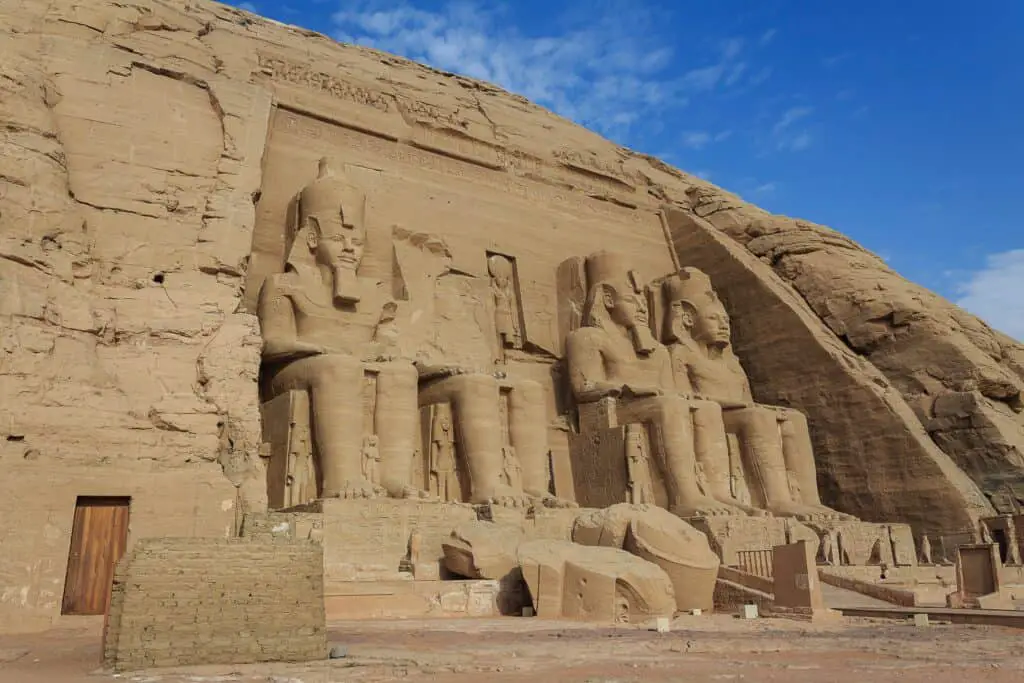What is Whole Wheat Flour?
Whole wheat flour is a type of flour made from grinding whole grains of wheat. The most common types are hard and soft, but there are also other varieties such as rye, barley, and the types made from the other grains. This type of flour is different from other types of flour because it contains all three parts of the grain. In addition, whole grains contain the germ, bran, and endosperm, making whole grains more nutritious than processed ones that have had their germ and brans removed through sifting or bleaching.
History of Whole Wheat Flour
Whole wheat flour has been around for centuries and was first used by the ancient Egyptians to make loaves of bread back in 1500 BC. For about 10,000 years, wheat flour has been cultivated as a domesticated crop. People ground wheat between two boulders to create a meal that they could use to bake bread in the first communities. Studying the tombs and ancient murals along the Nile, you come across the skills of Egyptian bakers who used to blend their wheat with saddle stones and sieves to refine their flour.

In the 16th century, an Italian engineering handbook mentioned rollers for grinding wheat, which was a novelty. In the latter half of the nineteenth century, rollers were introduced to the United States. Rollers reduced the cost of grindstones maintenance and produced higher-quality flour.
Trivia
An interesting fact about this flour is that it can be substituted with regular white or all-purpose flours depending on what you’re baking since they have similar properties. In addition to being healthy for you because it contains higher levels of fiber than refined white flours, some people claim it tastes better too!
Best Brands of Whole Wheat Flour
Bob’s Red Mill, King Arthur Flour, Arrowhead Mills, and White Lily are all popular brands. So if you’re looking to buy some, these would be great places to start.
How Is Whole Wheat Flour Made?
Whole wheat flour is made by grinding the entire wheat kernel, which includes the bran, germ, and endosperm. The wheat germ and bran are mixed with water during the grinding process to soften them. The softened mixture is then ground until all particles are small enough to pass through a sieve that separates larger pieces like corn kernels or pebbles. The result after passing through this process is whole-wheat flour. This type of milling preserves the nutrients found in the wheat kernel, which is why it is considered a more “natural” product. It’s also worth mentioning that because the entire kernel is ground, there can be some color, texture, and flavor variation since the germ and bran can add to these qualities.
What Does Whole Wheat Flour Taste Like?
Since the germ and bran are ground together with the endosperm, the flour has a nuttier flavor that is slightly bitter. Some people enjoy this taste, while others find it to be overpowering. In general, this flour also tends to be denser and heartier than other types of flour and can leave a slightly gritty texture in baked goods.

The Smell of Whole Wheat Flour
One thing that is unique about this is its smell. It has a distinctly earthy, nutty aroma that is unlike any other type of flour. This scent can be a little overpowering to some people, but others find it to be a pleasant reminder of freshly baked loaves of bread.
Differences Between Whole Wheat Flour and Other Types of Flour
In general, this flour is denser than all-purpose or pastry flour because it includes the parts of the grain that are high in dietary fiber. This can have an impact on what type of recipes you should use it in. For example, you wouldn’t want to use it in a recipe that calls for cake flour because it would make the final product dense and heavy.
Whole Wheat Flour vs. All-Purpose Flour
Both flours are both milled from the entire kernel, but there is a difference in that all-purpose flour has been processed to remove some of the nutrients. For this reason, it doesn’t have quite as robust of a flavor or texture as whole wheat does, and it is higher in nutrients.
Whole Wheat Flour vs. White Flour
Since white flour has been refined to remove the bran and germ, it is lower in fiber, vitamins, and minerals than whole wheat flour. It also has a lighter flavor and texture.
Whole Wheat Flour vs. Wheat Flour
Wheat flour is made by grinding only the starchy endosperm of the wheat kernel. Whole wheat flour, by contrast, is made from the entire kernel, including the bran and germ. This means that whole wheat flours are higher in fiber than white or even wheat flours! We recommend checking out atta flour for another terrific option.

Whole Wheat Flour Substitutes
You can substitute some of this flour’s properties with other types of flour, depending on what you’re making. Here are some general substitutions to try:
All-purpose flour
All-purpose flour can be substituted in recipes that don’t require a lot of gluten, like pancakes or muffins.
Oat flour
Oat flour can be substituted in quick loaves of bread (like banana bread) and some pancakes for added fiber and nutrients.
Spelt flour
Spelt flour can be substituted in yeast bread and some cookies.
Buckwheat flour
Buckwheat flour can be substituted in pancakes, waffles, and crepes.
White flour
White flour can be substituted in quick slices of bread, pie crusts, and muffins.
Bottom line: this sometimes maligned type of flour is a great way to add more fiber and nutrients to your diet. It is also a good way to reduce the amount of processed flour in your diet. Depending on what you are making, this type of flour can be substituted with other types of flour. It is important to note that different brands have different flavors and textures, so it’s a good idea to try a few until you find one that meets your needs.
